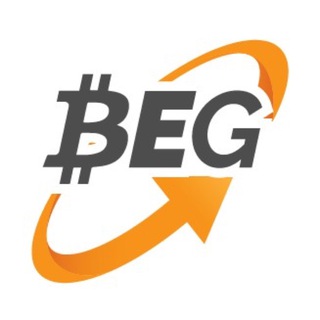Early on Wednesday, the markets took a dip that saw Bitcoin’s price going down to nearly $58,000, from $63,800. Trading around $59k as of writing, exactly a week back, the cryptocurrency hit a new all-time high at $67,000. The stock market, including S&P 500, the Dow Jones Average, and tech-focused Nasdaq, all edged down as well on Wednesday after closing at a record high on Tuesday. Same as Bitcoin, Ether went to $3,940 but is already back above $4k. In tandem with the leading cryptocurrency, the majority of the coins fell too, dragging the total crypto market cap to $2.57 trillion. Last week, the crypto market capitalization climbed to a new peak of $2.76 trillion. While price is down, fundamentals are strong, as seen in the Bitcoin hash rate, which climbed to 172.7 TH/s earlier this week, last seen in April and near mid-May ATH of 197.6 TH/s. https://twitter.com/caprioleio/status/1453295766844416014 Meanwhile, this latest drop in prices ended up liquidating 175,983 traders for $742.25 million in the last 12 hours and $890 million in the last 24 hours - the highest since September 19. With this, the funding rate has also normalized to the highest for Bitcoin perpetual contracts currently on Bybit at 0.0551%. Its effect was also seen in open interest but not much. The total OI on Bitcoin futures has slid to $24.38 bln from a $26.47 bln high last Wednesday. While the OI on CME, which hit a new ATH at $5.75 bln on Monday, has now fallen to $4.95, it still leads the market, with Binance coming in second at $5.35 bln, according to Skew. Amidst this, Bitcoin’s correlation with commodities continues to climb. The correlation has been rising ever since the start of Q3, noted crypto data provider Kaiko in its latest report. Historically, Bitcoin’s correlation with commodities has performed well during times of unexpected inflation. And with inflation continuing to rise, it makes sense.  Officials, however, maintain that they haven’t lost control of inflation, with Treasury Secretary Janet Yellen saying this week,
Officials, however, maintain that they haven’t lost control of inflation, with Treasury Secretary Janet Yellen saying this week,
“On a 12-month basis, the inflation rate will remain high into next year because of what's already happened. But I expect improvement by the middle to end of next year - second half of next year.”
Bitcoin’s 30-day rolling correlation with industrial copper and oil has been increasing since September. Both the commodities rose over the past few weeks boosted by growing demand and record low inventories. The report states,
“By contrast, Bitcoin’s correlation with safe-haven gold has been mostly negative this year despite briefly turning positive in September.”
The precious metal is up 3.72% this month compared to Bitcoin’s more than 34% uptrend. This year, Bitcoin is also up 112%, while the bullion is down by 5.34%. As we reported, JPMorgan Chase analysts have attributed the perception of Bitcoin as a better inflation hedge than gold for the recent price rally rather than ETF euphoria. In its previous report from earlier this month, Kaiko had noted that Bitcoin is no longer in inverse correlation with the U.S. Dollar. In September, the dollar strengthened for the second month in a row and peaked at over a year high of 94.56 on Oct. 11. This week, the USD Index is back on the rise at 94. Historically, Bitcoin has moved in the opposite direction to the DXY, a trend that seems to have largely dissipated in 2021. Now both are on an upward trajectory in contrast to traditional equities. [coin_ticker symbol="BTC"] [coin_ticker symbol="ETH"]
 bitcoinexchangeguide.com
bitcoinexchangeguide.com